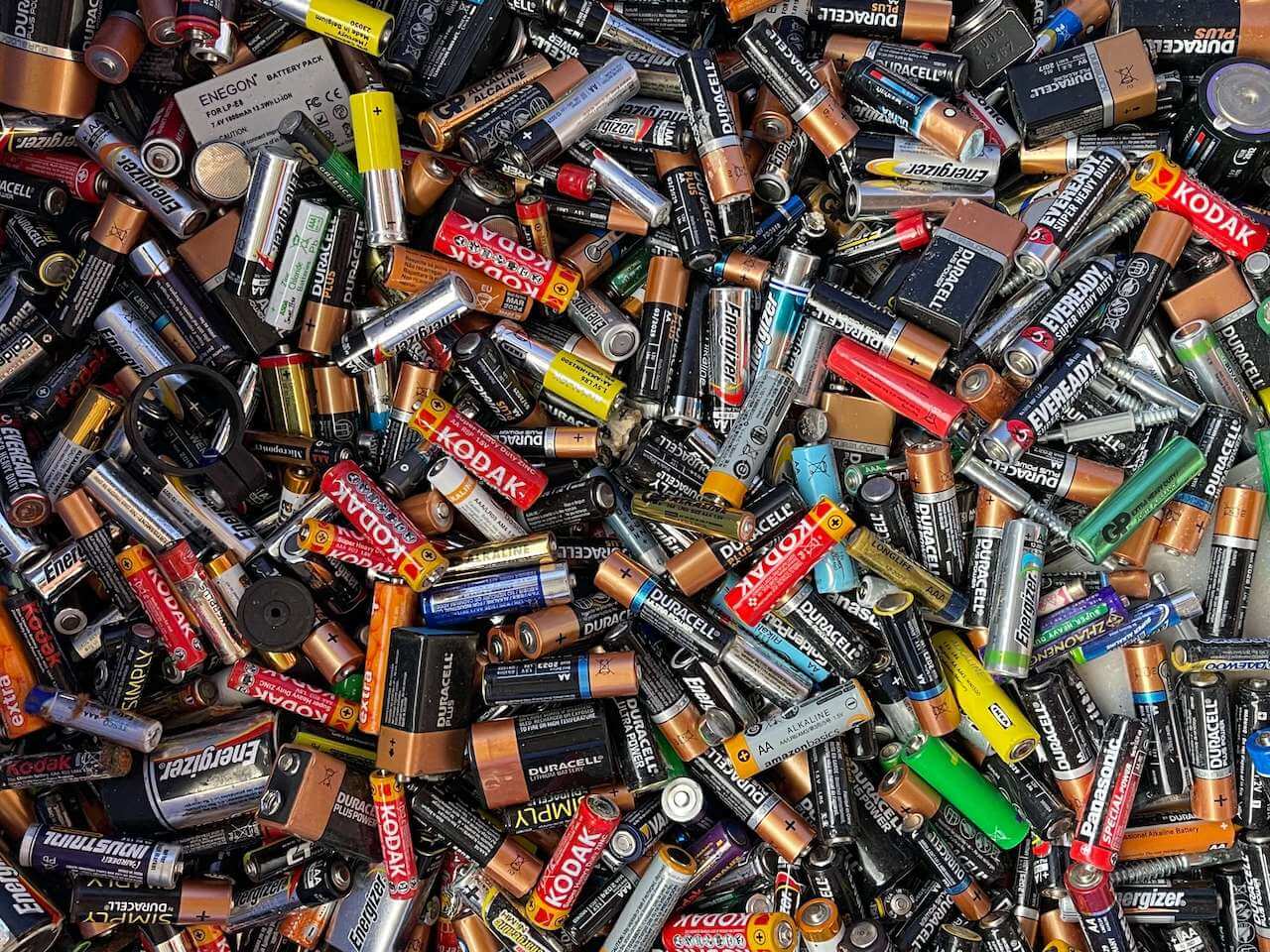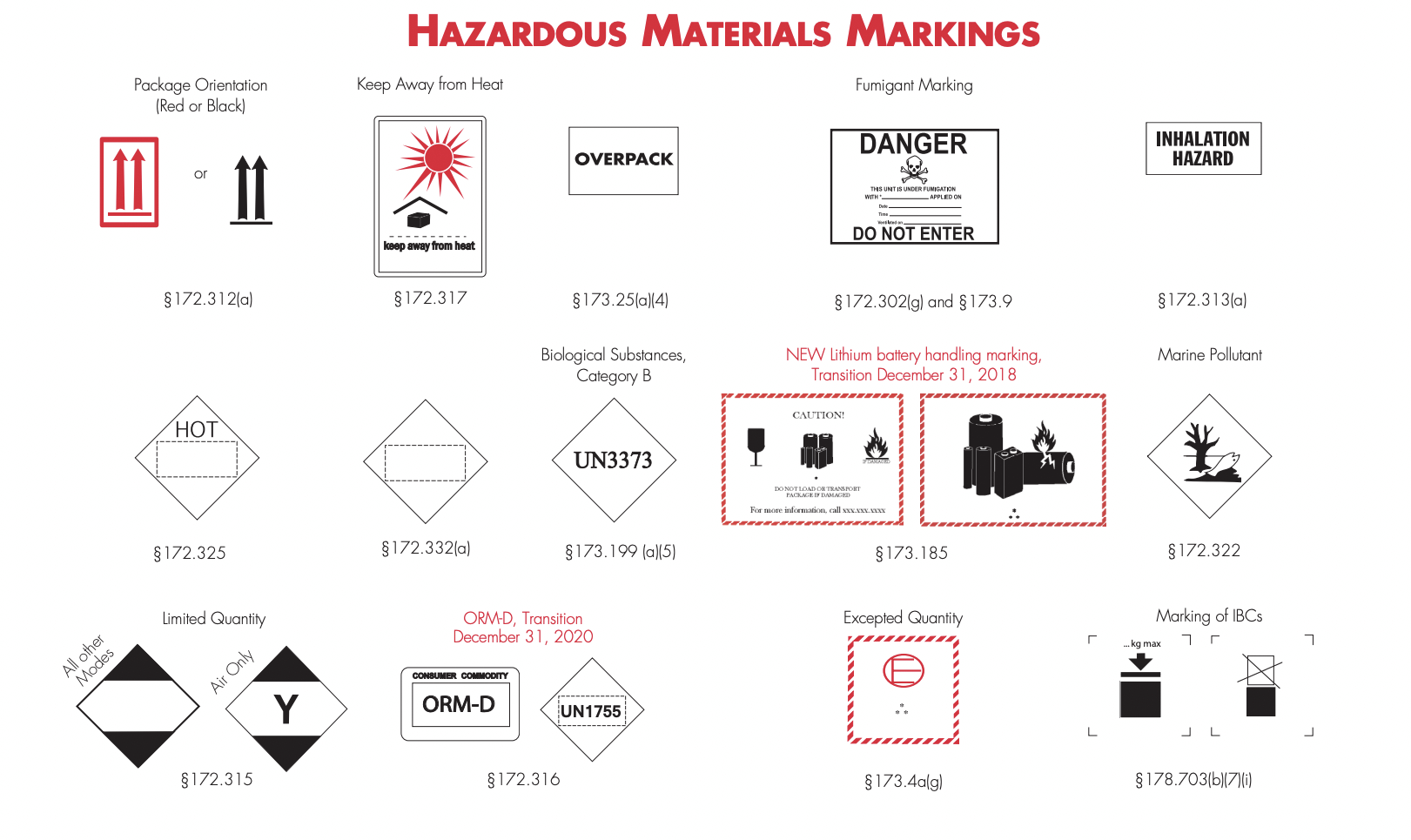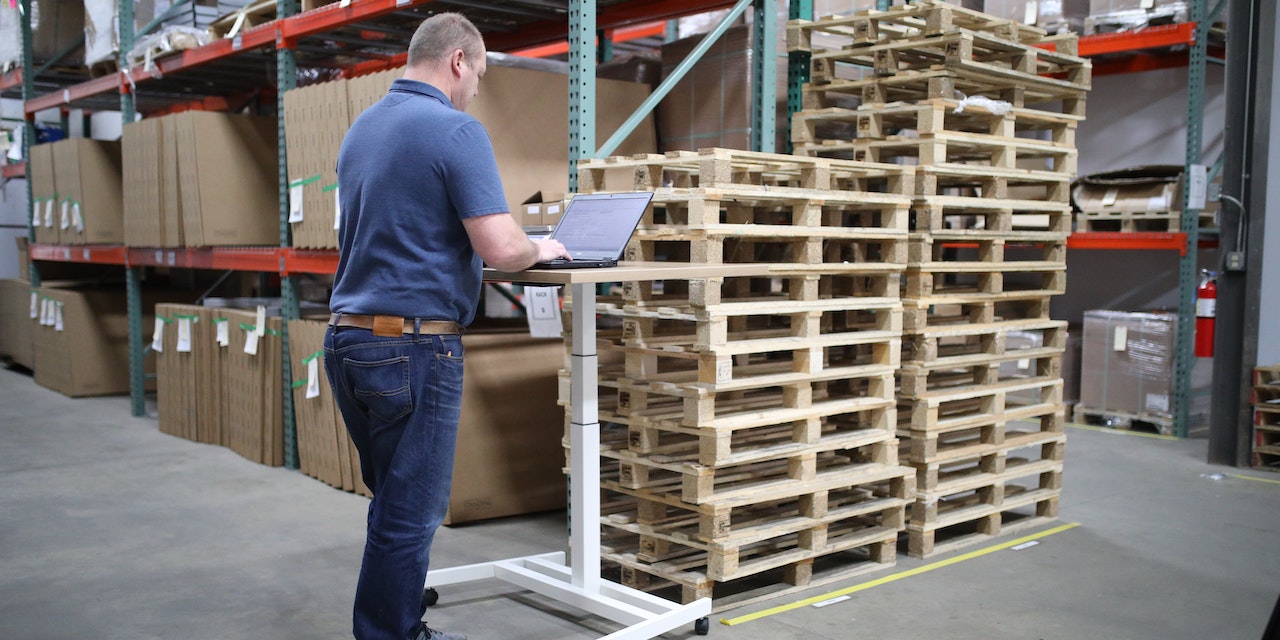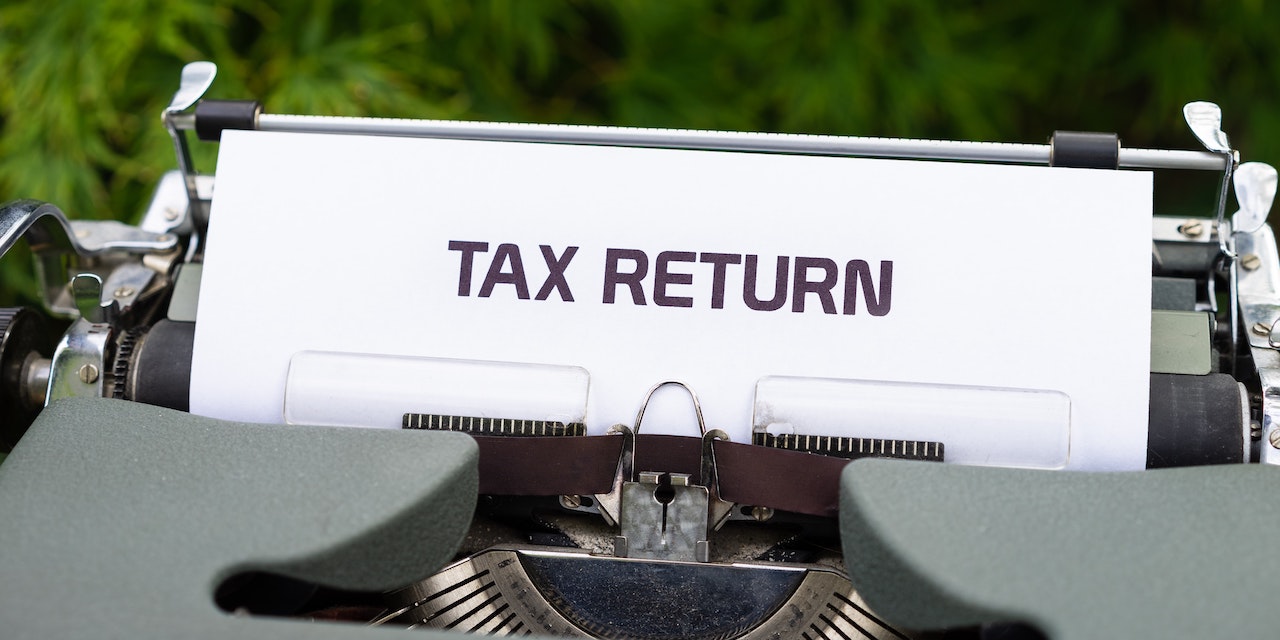In order to answer your request, we are obligated to process the data given above. Sometimes, however, we would like to use them for slightly different purposes, such as statistical data or informing you about our new products and services.We promise that we will use the given information for communication purposes only. We also remind you that you can unsubscribe from our mailing at any time (see Privacy Policy).
Hazardous materials called also HAZMAT are most often identified as explosive or flammable, toxic materials, or harmful substances, and the list of them is quite long. It also includes common products that at first appear quite ordinary, such as nail polish, hairspray, and paints. How to know that product is considered hazardous? How to avoid problems with shipping dangerous goods? Which hazardous materials regulations are the most important? We will try to cover all major points in our guide.
Classified as HAZMAT – what does it mean?
If a product is classified as hazardous material this means that shipping it involves a series of additional steps and more protection. Why? Because for some reason this product may create a risk to life and health if not handled with the necessary care. This applies to flammable gases division, toxic substances, as well as to mass explosion hazard division and radioactive materials - lithium batteries, goods with high alcohol content, or aerosols.
There are nine classes of dangerous goods:
Class 1 – Explosives
Examples: flares, fireworks, airbag inflators.
Class 2 – Gases
Examples: fire extinguishers, aerosols (like deodorants, hairsprays, household cleaners), pepper spray, or spray paint.
Class 3 - Flammable liquids division
Examples: nail polish remover, perfumes, varnish, essential oils.
Class 4 - Flammable solids division
Examples: sodium batteries, sodium, coal, fish oil.
Class 5 - Oxidising agents & organic peroxides
Examples: lead nitrate, bleach, hydrogen peroxide.
Class 6 - Toxins and infectious substances
Examples: acids, medical waste, nicotine.
Class 7 - Radioactive material
Examples: smoke detectors, X-ray machines, radioactive medicines, yellowcake (mixed uranium oxide), medical isotopes.
Class 8 – Corrosives
Examples: chlorides, nickel-cadmium batteries, drain cleaners.
Class 9 - Miscellaneous dangerous goods
Examples: dry ice, motor engines, lithium-ion batteries (also cell phones or laptops), first-aid kits.
.png?width=792&name=usdot-chart-16-10-24-2017%20(dragged).png)
To handle properly such goods at the company level, you and your employees may need hazardous materials training. Besides basic knowledge about its characteristics, you will gain useful tips for your daily work. Occupational safety and appropriate caution are essential here.
Legal provisions
The marking of hazardous goods with correct signs and their modes of transportation is covered by international and federal regulations, national or EU legislation. The most important are those issued by:
- International Civil Aviation Organization (ICAO) - Technical Instructions For The Safe Transport of Dangerous Goods by Air (Doc 9284)
- International Maritime Organization (IMO) - The International Maritime Dangerous Goods (IMDG) Code
- U.S. Department of Transportation (DoT)
- The European Union - CLP Legislation, REACH Regulation
Crucially, it is the retailer's responsibility to be aware of all rules and to take reasonable care to ensure that the product has the right shipping label and is adequately protected.
If it is not clear that you're dealing with a dangerous product or not, or it should be labelled as such when it's shipped, the clever idea is to contact the manufacturer, who will send you the safety data sheet. This document will provide all the necessary information.
No doubt it would also be beneficial to work with a logistics operator who is familiar with all hazmat shipping requirements and has experience in handling this type of product. After all, retailers should understand the applicable laws, whether they organise the shipping process themselves or with the help of third-party logistics.

Ecommerce - shipping hazardous goods
When selling HAZMAT products through the ecommerce channel, there are some important points to bear in mind to manage this complex and expensive process.
Classification
As we mentioned earlier, the safety data sheet is an essential part of the process of labeling products as dangerous. It is also a source of information for those involved in order processing - how to deal with the item and how to cut potential risks. Correct classification is a cornerstone of this a little bit complicated process.
Carrier selection
The choice of logistics provider is not always easy. Although there are many shipping options, not all of them are available. Part of courier companies eliminate services related to the transport of hazardous materials from their offerings.
The search can start with the major carriers - check the conditions offered and compare prices. Also, it is good to know in detail the standpoint of the already mentioned international air transport association or other administrative agencies. Sometimes it helps to narrow down the search of the courier services.
Each company has its terms and conditions for shipping hazardous materials, so they will differ to some extent. The purpose of these regulations is to ensure the safety of all parties involved in the process. Moreover, some authorities require special certification allowing to ship hazmat items (such requirements exist in the United States, for example).
Packaging
We keep saying that the correct packaging of products is crucially important. And there is no difference for hazardous materials.
Packaging should be selected by the classification of the product so it can fulfill its role and provide safe shipping. Does a lot depend on how products are shipped - in individual or collective packaging? If dangerous goods are sent as single items, then it is worthy to take care of padding, absorbent pads, or a reinforced box.
Labeling
Proper labeling is necessary to ship dangerous goods with success. The mark on the box or outer packaging should match the hazard class, weight, or exact identification number. It may also contain emergency contact information. If the labeling is incorrect, the parcel may not be shipped at all, or you may be subject to civil penalties for non-compliance with regulations and for causing hazards. And this is not just a dead letter - such fines are imposed, including on large, international companies.

Documents
Proper documentation is often required by carriers because it reassures them that shipment is well protected and labeled. Extra documents and shipping papers are also needed for international consignments. Be aware of that and keep patient with paperwork.
Exceptions for the dangerous goods regulations
Now it is time for the nicest part of the article - the exceptions to the rules. Yes, there are also a few exceptions in shipping hazardous materials requirements.
They relate to ways of transport and quantities of goods carried. Limits on the number of transported products can be especially beneficial for ecommerce businesses. A large part of products known as potentially hazardous materials sold online and sent in limited quantities can be classified as exceptions, allowing freer movement of goods in compliance with less restrictive transport regulations.
Sometimes it may be easier to ship hazardous materials than originally predicted. However, it is recommended to consult with the carrier or right authorities to ensure that your product may be treated in a special way.
For example, sending perfumes in small quantities will be treated as an exception. Depending on the country, the limit is around 500-600 ml of perfume per package. Yet, it does not change the fact that such shipment will be more expensive than a standard one.
Fulfillment possibilities
To simplify the handling and dispatch of HAZMAT products, it is worth considering fulfillment services.
As well as the benefits of outsourcing an entire range of order processing tasks, you can also rest assured of dangerous products proper shipping, no matter how far you want to send your products. Furthermore, support from an external logistics service provider can help you to grow your business rapidly by developing your activities in foreign markets.
Summary
In this article, we have listed the most essential elements relating to the carriage of hazardous materials. Each of these is necessary and equally relevant for the efficient fulfillment of the shipment.
Hopefully, it has minimized your uncertainty and will be valuable for the future. We keep our fingers crossed for shipping hazardous materials with success!





